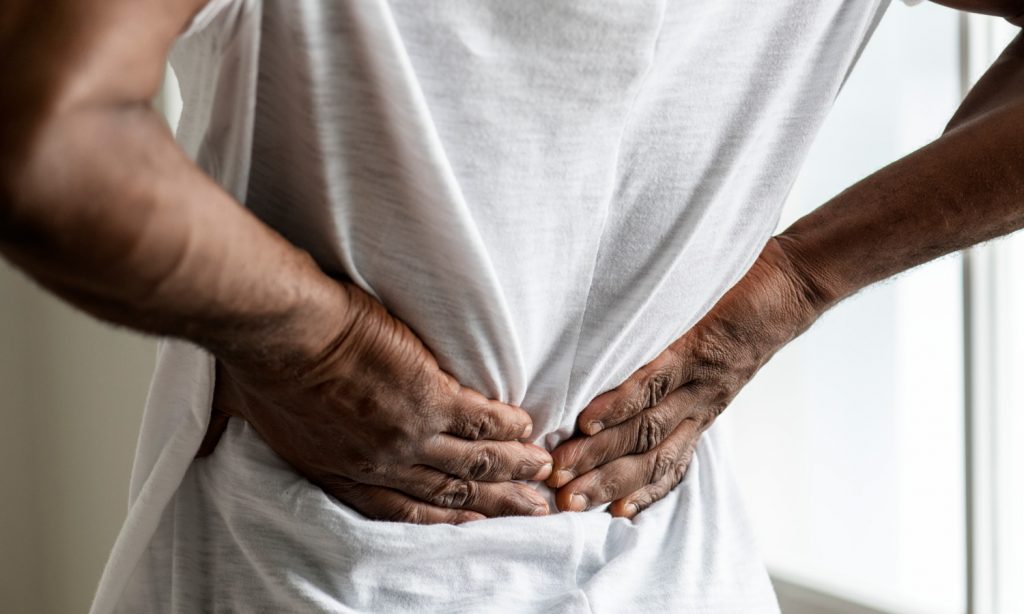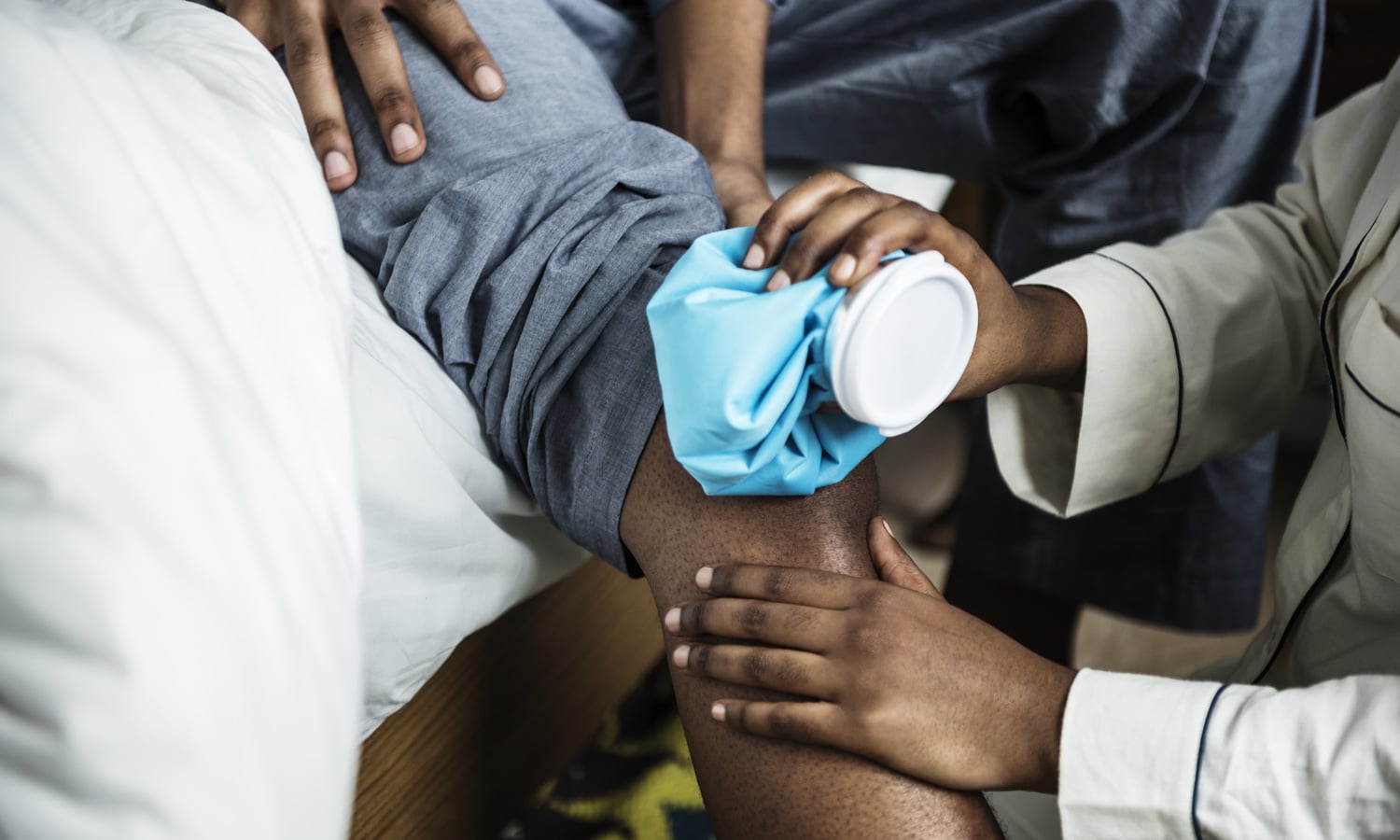Adults with moderate to severe pain are more likely to self-medicate with marijuana, which could lead to problematic use.
Pain is among the most commonly cited reasons patients gravitate to medical marijuana use. A new study shows, though, that pain could also cause non-medical users to self-medicate with marijuana. This pattern could eventually lead to problematic marijuana use, including developing cannabis use disorder.
According to the new research, adults with moderate to severe pain are more likely to consume marijuana that adults without pain. The group is also more likely to develop a dependence on marijuana through their self-medication practices.
“Despite this evidence, many people view cannabis use as harmless, and non-medical use of cannabis on a daily or near-daily basis has increased,” said lead author Deborah Hasin. “In our study, we hoped to identify factors — such as pain — that may increase the risk of cannabis use disorder.”
RELATED: How One Pediatrician Uses Marijuana And CBD In Palliative Care
The researchers behind the study, which was published in The American Journal of Psychiatry last month, analyzed data on marijuana use from the National Epidemiologic Surveys on Alcohol and Related Conditions. They focused on datasets from the years 2001-2002 as well as 2012-13, dividing between groups of adults with or without pain issues. The goal was to better understand potential risk factors of problematic cannabis use, in light of 34 states legalizing medical marijuana and 11 states passing adult-use marijuana legislation.

Overall, non-medical use has increased more than 5% in the United States between 2002 and 2013. Scientists found that adults with pain were significantly more likely to engage in non-medical marijuana use than those without pain (5.0% vs. 3.5%). They also concluded risk cannabis use disorder higher in adults with pain vs. without (4.2% vs. 2.7%).
RELATED: Can Medical Marijuana Help Alcoholics Stop Drinking For Good?
More than 66% of Americans view marijuana as beneficial to pain management. Other studies have shown that where marijuana is legal, opioid prescriptions fall. In this context, it appears scientists did not establish rigorous enough parameters for what qualifies as non-medical marijuana use. Still, it remains worthy of deeper analysis if adults with moderate to severe pain are at the same risk of cannabis use disorder as an opioid addiction.
“Psychiatrists and other mental health professionals treating patients with pain should monitor their patients for signs and symptoms of cannabis use disorder,” Hasin said.


